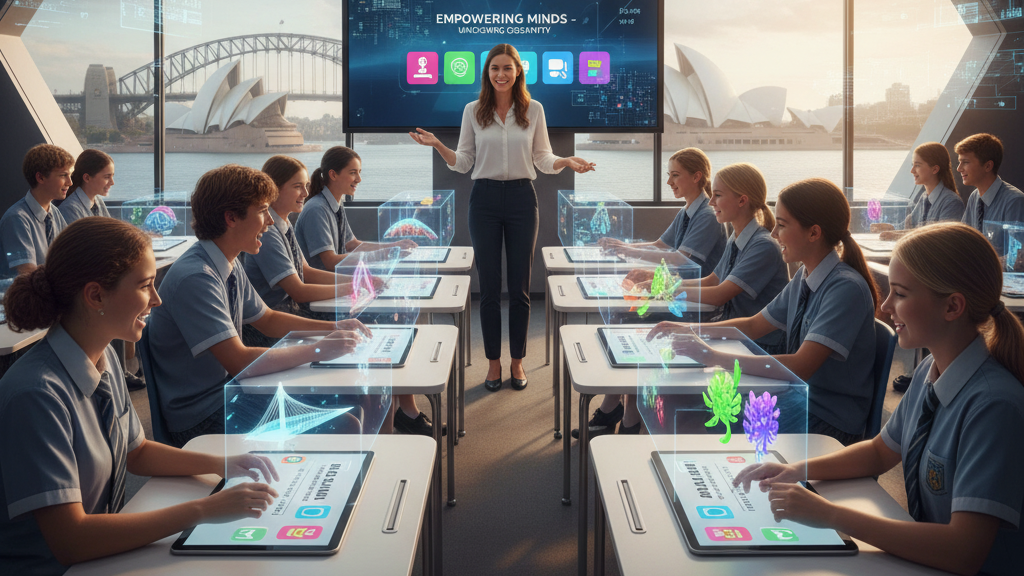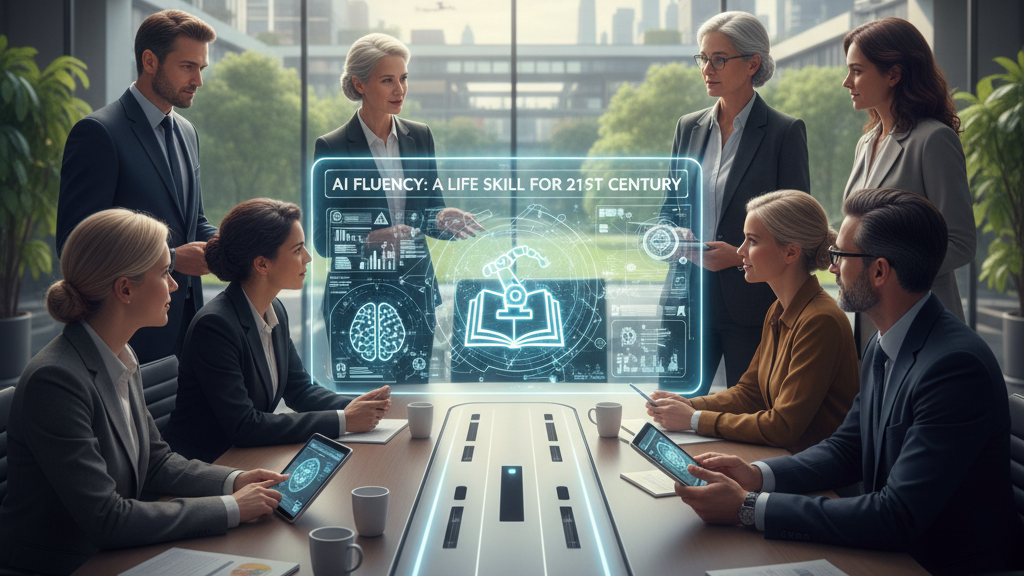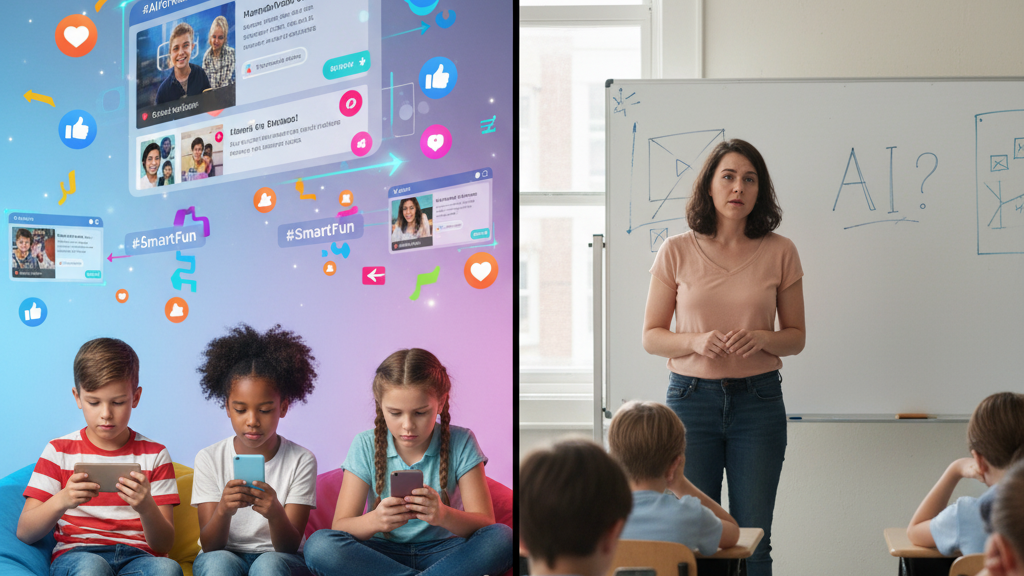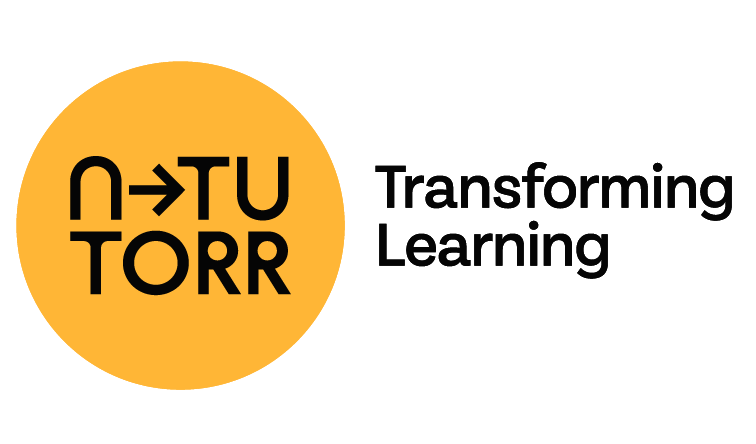Source
EDUCAUSE
Summary
The 2025 Horizon Report highlights generative AI (GenAI) as one of the most disruptive forces shaping higher education teaching and learning. It frames GenAI not merely as a technological trend but as a catalyst for rethinking pedagogy, assessment, ethics, and institutional strategy. GenAI tools are now widely available, reshaping how students learn, produce work, and engage with knowledge. The report emphasises both opportunities—personalisation, creativity, and efficiency—and risks, including misinformation, bias, overreliance, and threats to academic integrity.
Institutions are urged to move beyond reactive bans or detection measures and instead adopt values-led, strategic approaches to GenAI integration. This involves embedding AI literacy across curricula, supporting staff development, and redesigning assessments to focus on authentic, process-based demonstrations of learning. Ethical considerations are central: ensuring equity of access, safeguarding privacy, addressing sustainability, and clarifying boundaries of responsible use. GenAI is framed as a general-purpose technology—akin to the internet or electricity—that will transform higher education in profound and ongoing ways.
Key Points
- GenAI is a general-purpose technology reshaping teaching and learning.
- Opportunities include personalised learning, enhanced creativity, and staff efficiency.
- Risks involve misinformation, bias, overreliance, and compromised academic integrity.
- Detection tools are unreliable; focus should shift to assessment redesign.
- AI literacy is essential for both staff and students across disciplines.
- Equity and access must be prioritised to avoid deepening divides.
- Ethical frameworks should guide responsible, transparent use of GenAI.
- Sustainability concerns highlight the energy and resource costs of AI.
- Institutional strategy must integrate GenAI into digital transformation plans.
- Faculty development and sector-wide collaboration are critical for adaptation.
Conclusion
The report concludes that generative AI is no passing trend but a structural shift in higher education. Its potential to augment teaching and learning is significant, but only if institutions adopt proactive, ethical, and pedagogically grounded approaches. Success lies not in resisting GenAI, but in reimagining educational practices so that students and staff can use it critically, creatively, and responsibly.
Keywords
URL
https://library.educause.edu/resources/2025/5/2025-educause-horizon-report-teaching-and-learning-edition
Summary generated by ChatGPT 5




